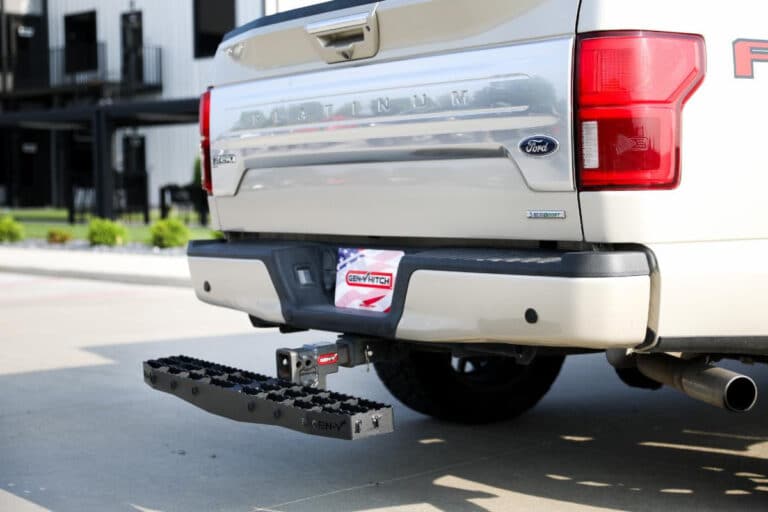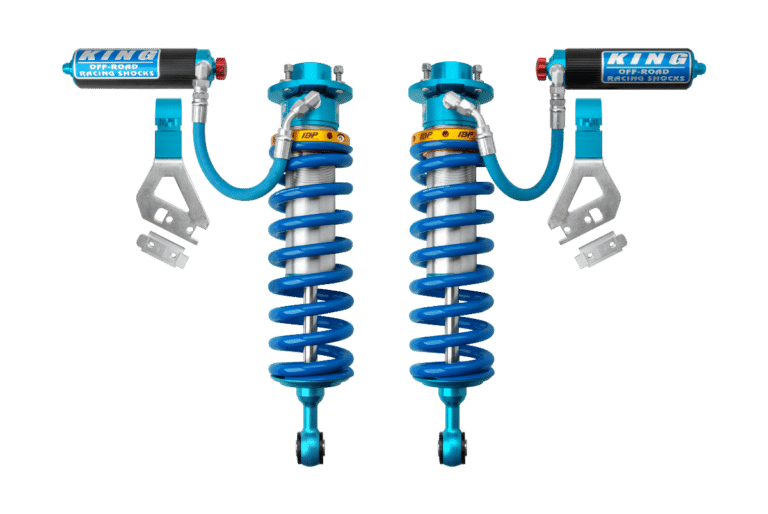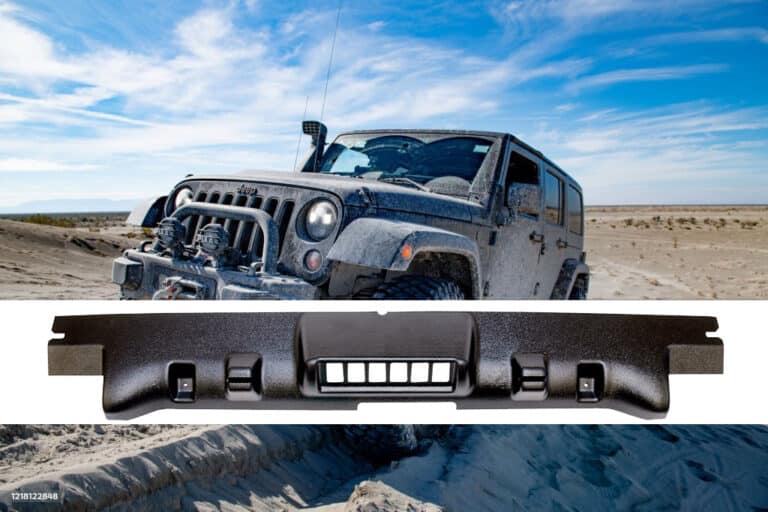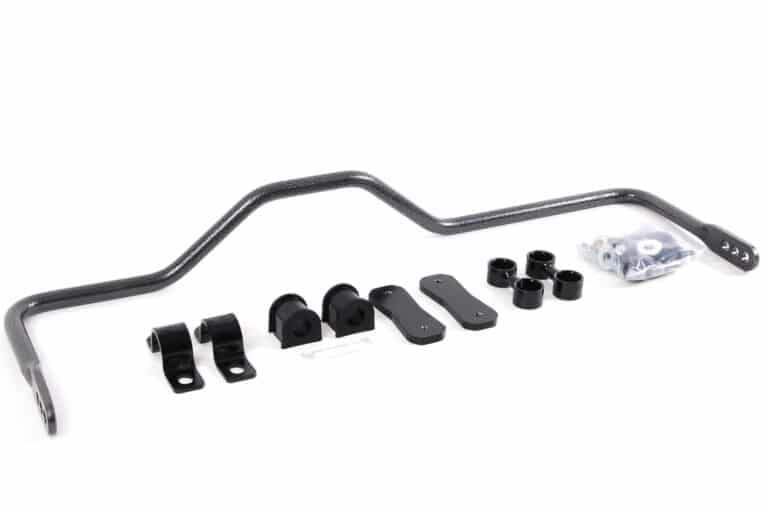A driveshaft isn’t usually on a build sheet until it needs to be, but there are many benefits to looking at one sooner. Jim Reel from JE Reel explains in this video why Jeep Gladiator owners should consider a two-piece driveshaft.
Jeep Gladiators have become extremely popular in recent years, but are they a full-size truck or a Jeep? The truth is they are just about the perfect combination of both. With the increase in popularity has also come the increase in modifications.
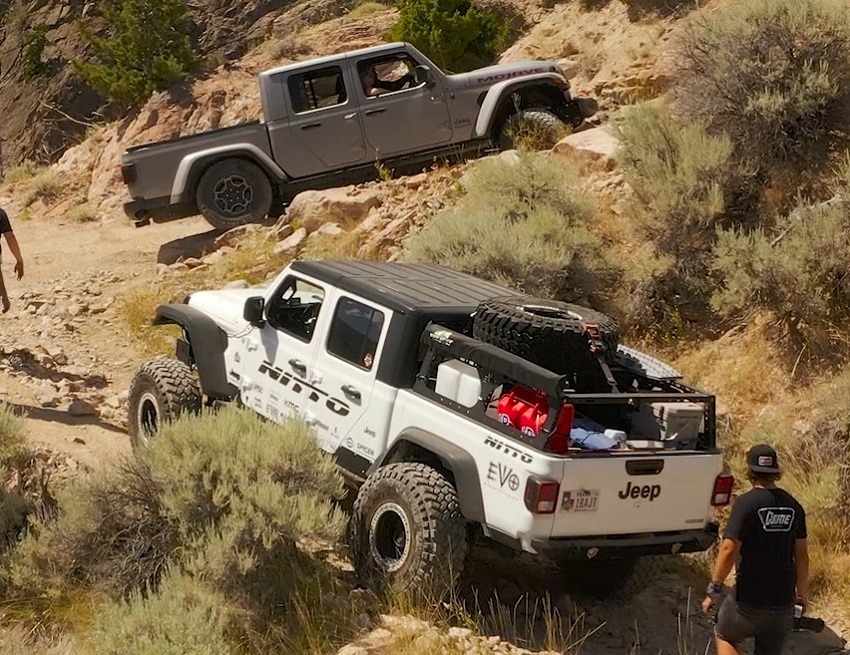
Jeep Gladiators can be found in overland, rock crawling, and prerunner applications all with different off-roading capabilities, but all with weak stock driveshafts. Reel explains in the video that there are three main reasons to look at two-piece driveshafts
A two-piece driveshaft is less likely to get damaged on the trail. A one-piece driveshaft on a lifted Gladiator will typically have well over 75-80-percent of the driveshaft exposed to the rocks and debris. With a two-piece driveshaft, there will only be a few inches exposed to the rocks greatly reducing your opportunity for damage.
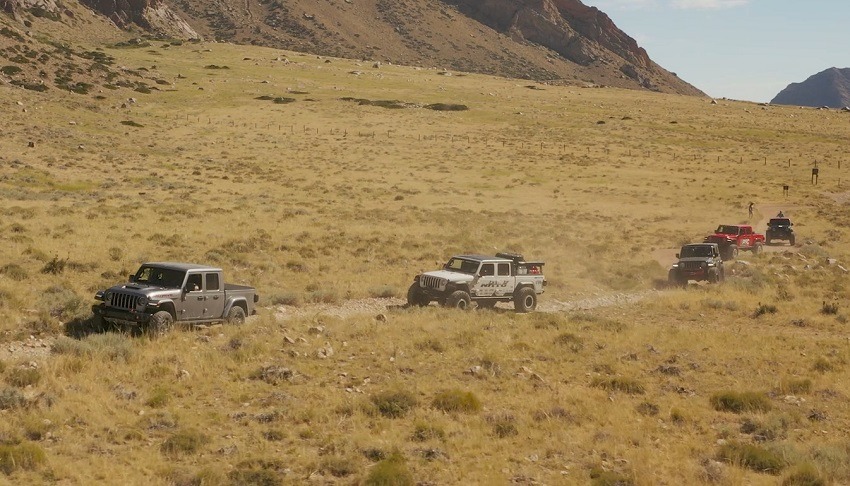
Another factor you will have to consider especially if you are taking your Gladiator off-road is the added amount of stress that will be put on your driveshaft. A lift and larger wheels and tires will need a large diameter one-piece driveshaft compared to a stronger two-piece driveshaft. The two-piece driveshaft uses a smaller diameter tube and operates with a greater margin before having to worry about vibrations.
One last improvement of a two-piece driveshaft that may not have been considered is operating RPM. The longer the tube the bigger the diameter it must be in order to maintain a safe operating RPM speed on the highway. Critical speed is the RPM of a driveshaft at which the natural vibrations of the shaft will cause it to resonate and possibly fail. The goal is to keep the driveshaft under critical speed, but at critical speed, the driveshaft begins to bend and whip.
For more information or to find the right driveshaft for your vehicle, be sure to check out JE Reel’s website.





